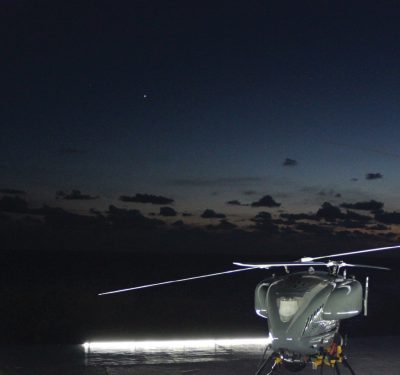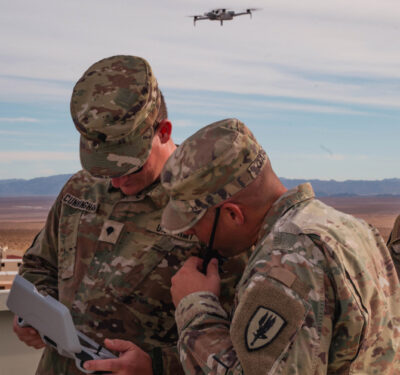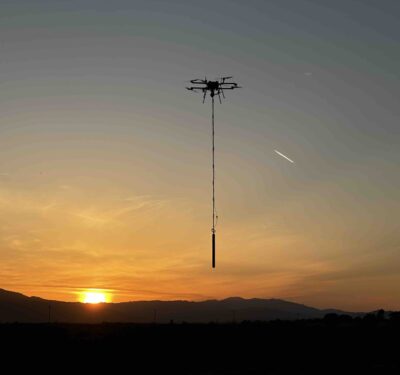
Dan Gettinger has been co-director of the Center for the Study of the Drone at Bard College. For 7 years, the Center has conducted independent and in-depth research on both military and civilian unmanned technologies. Detailing more than 170 drone types and offering site photos, the definitional “Drone Databook” will be updated in April. Other posted reports cover DOD spending, counter-UAS, strike-enhancing technologies and drones in public safety. The Center is likely winding down, but its valuable overviews will remain available at dronecenter.bard.edu
Q: Your April 2020 “Drone Databook” update has 102 countries fielding up to 30,000 military drones. What’s behind this proliferation?
A: Many more countries are producing because the technology has become more accessible. And a number of countries are adapting consumer drones. The U.S. has played a major role in providing partner nations with drones. Ten years ago, there was one main country exporting drones—Israel—that’s changed a lot, as China is really starting to export. Most countries still rely on foreign-made inventory; countries like Turkey and Russia are eyeing the global market as well.
Q: What are the key trends within the military drone sphere?
A: For a long time, the idea of the armed drone was pretty static—a large aircraft like the Reaper, equipped with a sophisticated array of anti-tank weapons. That’s changing. Turkey can field small or mid-sized armed drones and still be quite effective on the battlefield. Lightweight armed systems and mid-sized armed drones may not look like the drones you think of. The role drones play on the battlefield is changing—buddy lasing for other aircraft or wide-area surveillance or relaying communications or spotting targets for artillery. The scope of missions is also expanding. And the idea of the personal drone is coming to the military space now.
Consumer drones have really changed who can have a small drone—how small, how cheap can we get it? And military drones are playing a larger role in civilian context as well: fighting fires, environmental monitoring.
With munitions and arms, it’s not really a revolution, but it’s certainly an evolution. We’re seeing a growing number of lightweight munitions enter the marketplace. This will enable an increasing number of systems to be armed. Turkey is saying that one of its drones in development could even carry cruise missiles. And the U.S. is integrating new missiles with longer range than Hellfire missiles.






